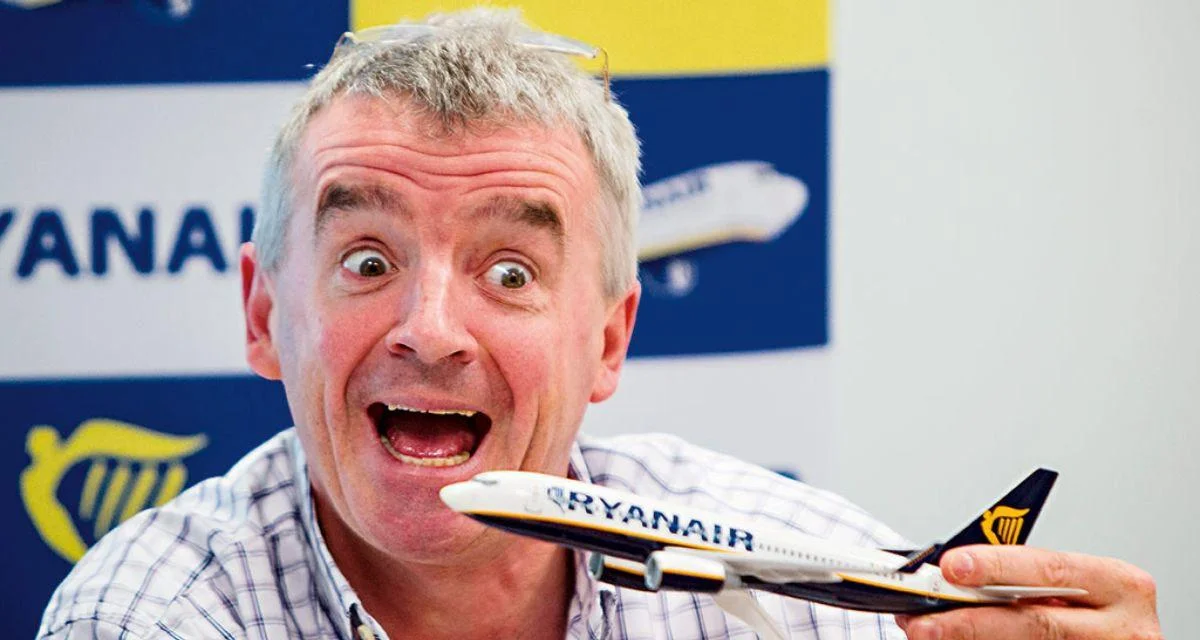The extended range of the MAX 8-200 allows Ryanair to serve destinations over 2,000 miles from its European bases. In its 2025 schedule, several routes exceed this distance threshold. For example, flights from Edinburgh and Newcastle in the UK reach Tenerife South at approximately 2,048 miles (3,295 km) and 2,032 miles (3,270 km), respectively. From Manchester, direct service to Paphos covers about 2,123 miles (3,416 km). German bases also feature long sectors such as Hamburg–Tenerife South at around 2,120 miles (3,411 km) and Cologne–Lanzarote at roughly 1,982 miles (3,198 km).
The longest scheduled route operated by Ryanair’s MAX 8-200 fleet in 2025 will be between Berlin Brandenburg Airport (BER) and Tenerife South Airport (TFS), covering approximately 2,281 miles (4,225 km). This flight approaches five hours in duration—significantly longer than most of Ryanair’s typical two-hour sectors—and demonstrates how far narrowbody jets can now travel within a low-cost framework.
According to data presented by Ryanair: “Among all of Ryanair's stretched leisure routes, one stands out above the rest. In 2025, the airline’s Berlin Brandenburg (BER) to Tenerife South (TFS) service clocks in at approximately 2,281 miles (4,225km), making it the longest regularly scheduled sector operated by Ryanair’s 737 MAX 8-200 fleet.”
Other notable long-distance connections include services from Northern England and Scotland directly linking travelers with popular sun destinations such as Cyprus and Spain’s Canary Islands. These additions reflect growing demand among UK passengers for affordable options when traveling further afield for holidays.
By utilizing high-density seating configurations alongside improved fuel efficiency offered by new aircraft technology like the CFM LEAP-1B engines on the MAX series—capable of providing thrust up to nearly thirty thousand pounds per engine—Ryanair maintains competitive ticket prices even on these extended journeys.
The move into longer-range operations does not signal an end to Ryanair's core focus on low costs or quick turnarounds but instead illustrates how advances in aircraft design are enabling budget airlines to compete directly with traditional carriers on routes once considered outside their scope.
As stated: “Ryanair’s deployment of the Boeing 737 MAX 8-200 has proven that the boundaries of low-cost operations are wider than many once imagined.”
Looking ahead into next year and beyond suggests continued growth for both network reach and passenger choice within Europe’s evolving aviation landscape.
 Alerts Sign-up
Alerts Sign-up




































